What Will Your Engagement Ring Be Worth in 10 Years? Hint: Not What You Think.
Most people don’t realize this, but an engagement ring can lose 30% to 70% of its value the moment it leaves the
Blog
Home » Diamonds blog » The Synthetic Diamond Bubble Has Burst
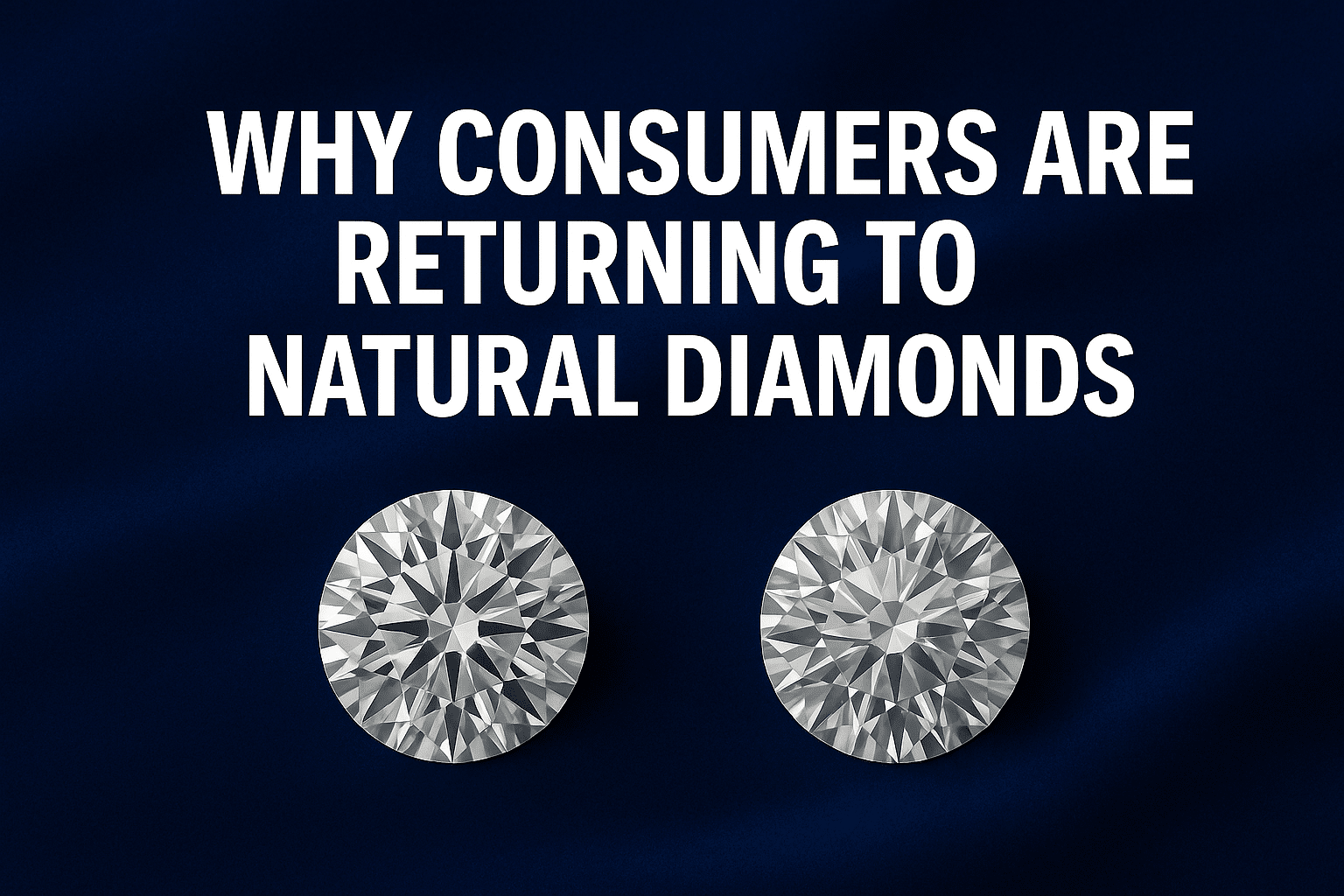
The diamond industry is experiencing a significant shift as lab-grown diamond prices are crashing due to oversupply and increased production in China and India, impacting consumer confidence.
World Diamond Council President Feriel Zerouki, who also serves as Vice President at De Beers, notes that the lab-grown bubble has burst, with consumers returning to natural stones.
The shift is driven by changing consumer preferences, with natural diamonds holding greater investment potential due to rarity and stable pricing.
The World Diamond Council is promoting natural diamonds through initiatives like the Luanda Accord, a collective marketing fund for natural diamonds. The Luanda Accord was discussed and promoted during a recent mining conference in Luanda, highlighting the importance of such industry gatherings for addressing market challenges and restoring consumer confidence.
The accord unites diamond-producing countries, including the Democratic Republic of the Congo, to promote the enduring value of natural diamonds and rebuild consumer trust.
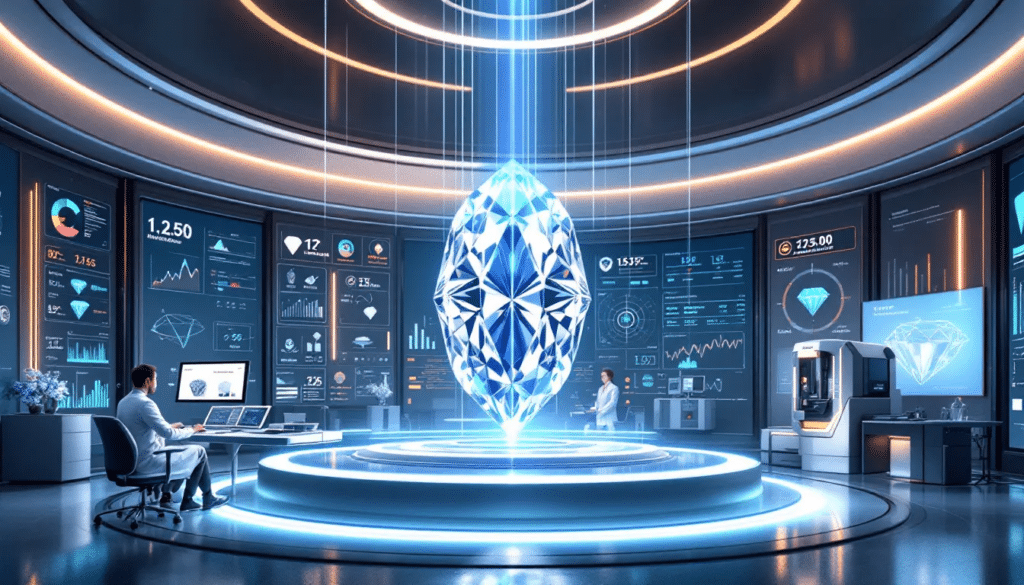
The Synthetic Diamond Bubble Has Burst
Increased production of lab growns in China and India has led to oversupply, causing lab grown gem prices and the average wholesale price of synthetic diamonds to plummet, which has significantly affected the diamond market. The plummeting prices of synthetic diamonds have eroded their luxury appeal and contributed to a shift in consumer sentiment. Notably, natural diamond prices had been peaking earlier in 2022 before the subsequent downturn.
The lab-grown diamond bubble has burst, with average wholesale prices for one-carat and two-carat lab-grown diamonds dropping up to 96% since 2018. These trends lab grown diamond reflect a broader market response to oversupply and declining consumer interest in synthetic diamonds.
Oversupply and shifting consumer preferences back to natural stones have led to a decline in demand for lab growns and synthetic gems.
Diamond industry analyst Edahn Golan reports that the price slump is impacting consumer confidence in lab-grown gems and synthetic gems.
The World Diamond Council President Feriel Zerouki highlights the need for coordinated marketing efforts to support the natural diamond industry; Zerouki told Reuters that such initiatives are crucial in the current market environment.
The surge in lab-grown diamond production, combined with the growing popularity and rising popularity of lab-grown diamonds among consumers—especially younger buyers—initially led to a significant price slump and a surge in demand, making lab-grown diamonds less appealing to some consumers as oversupply set in.
Natural diamonds, on the other hand, are seeing renewed interest, especially in the key bridal market, as younger jewelry buyers shift preferences back to natural stones. This shift is particularly notable among younger buyers and is influenced by the decline in the wholesale price of one carat lab-grown diamonds.
The diamond industry is experiencing a major shift, with the World Diamond Council head stating that the bubble has burst. This shift back to natural diamonds is being observed at the retail level, where retailers and consumers are increasingly favoring natural stones over lab-grown alternatives.
Increased production in China and India has caused lab-grown diamond prices to crash, impacting the diamond market and consumer confidence.
The natural diamond industry is benefiting from the decline of lab-grown diamonds, with natural diamond prices remaining stable. According to the latest trends lab grown, there is a noticeable decline in the appeal of lab-grown diamonds, reflecting broader industry movements and changing consumer preferences.
Consumer preferences are shifting back to natural stones, with the World Diamond Council President Feriel Zerouki noting a significant shift in the diamond market.
Lab-grown diamonds are losing their appeal due to oversupply, with prices plummeting and consumer confidence declining.
Natural diamonds, on the other hand, are holding their value, with investment potential and stable pricing making them a more attractive option.
The diamond market is experiencing a significant change, with the World Diamond Council promoting natural diamonds through initiatives like the Luanda Accord. These efforts are specifically designed to promote natural diamonds by increasing consumer awareness and demand.
The collective marketing fund for natural diamonds aims to promote the enduring value of natural diamonds and rebuild consumer trust.

Natural Fancy Diamonds
As the diamond industry navigates a period of dramatic change, the future is being shaped by the rapid decline in lab grown diamond prices and a corresponding shift in consumer confidence. With the lab grown diamond bubble having burst, industry leaders and retailers are witnessing a renewed preference for natural stones, particularly among buyers seeking rarity, investment potential, and enduring value.
Industry analyst Edahn Golan notes that the market correction for lab grown diamonds has been swift and severe, with wholesale prices for one-carat and two-carat lab grown diamonds dropping by as much as 96% since 2018. This steep decline is prompting a reevaluation of lab grown diamonds’ place in the market. Once seen as a disruptive force, lab grown diamonds are now at risk of being relegated to the status of mere fashion accessories, rather than true competitors to natural diamonds—especially in the key bridal market, where tradition and long-term value remain paramount.
In response to these shifts, the natural diamond industry is taking decisive action. Under the leadership of World Diamond Council President Feriel Zerouki, diamond producing countries have united through the Luanda Accord, committing to a collective marketing fund for natural diamonds. By allocating a portion of their annual diamond sales revenue, these nations aim to promote the unique qualities of natural diamonds and restore consumer trust. This global campaign is designed to reinforce the message that natural diamonds offer a level of rarity, history, and investment potential that synthetic alternatives cannot match.
Looking ahead, the latest trends suggest that natural diamonds are poised to regain their status as the preferred choice for discerning consumers. As confidence in lab grown diamonds wanes, the natural diamond industry is expected to benefit from a resurgence in demand, particularly in markets where authenticity and long-term value are highly prized. The World Diamond Council and its president, Feriel Zerouki, are at the forefront of these efforts, working to ensure that natural diamonds remain synonymous with luxury, tradition, and enduring worth.
Ultimately, the diamond market is undergoing a significant transformation. The lab grown diamond bubble has burst, and with it, the perception of lab grown diamonds as a luxury investment is fading. As the industry adapts, natural diamonds are set to maintain their traditional appeal, supported by strategic marketing initiatives and a renewed focus on consumer education. With the backing of the World Diamond Council and the collective efforts of diamond producing nations, the future of the natural diamond industry looks bright, promising stability, value, and continued desirability for generations to come.

VP Of Online Marketing - MID House Of Diamonds

Most people don’t realize this, but an engagement ring can lose 30% to 70% of its value the moment it leaves the
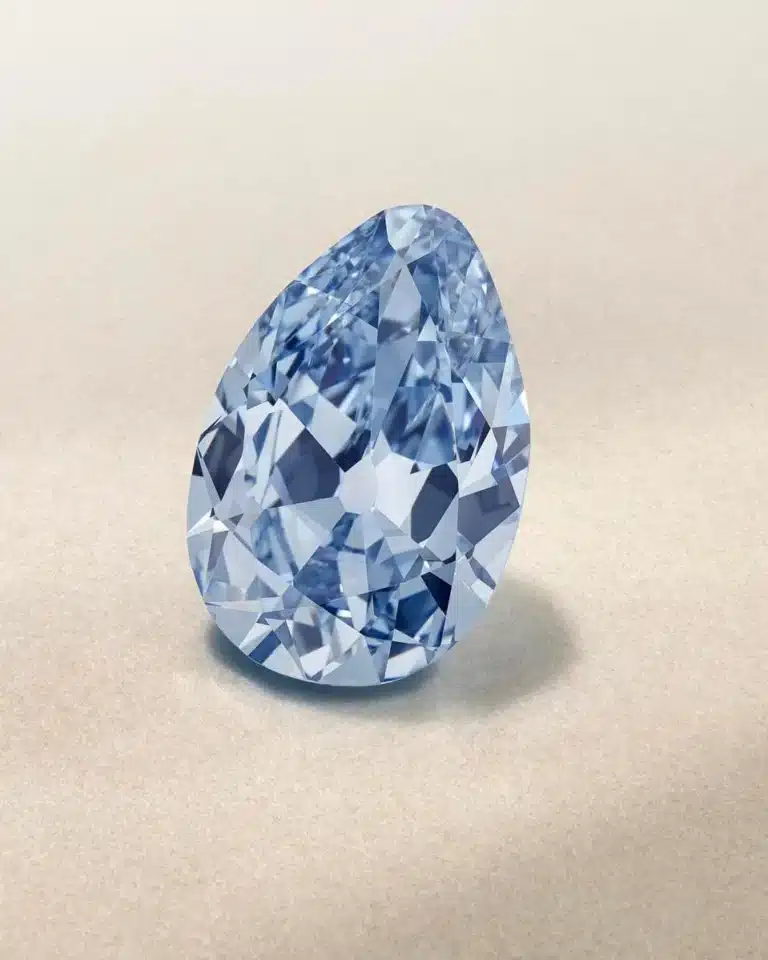
The Golconda Blue, a 23.24 ct Fancy Vivid Blue diamond of legendary Golconda origin, is about to make history at Christie’s 2025
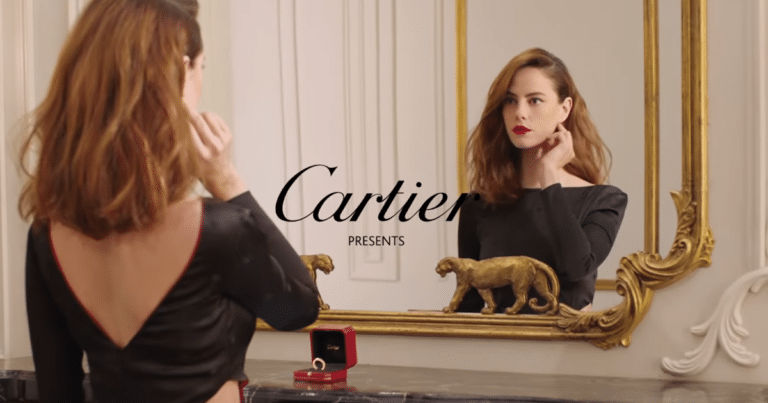
When talking about luxury, refinement, and timeless style, it is impossible not to mention the name “Cartier.” The French luxury house, which
